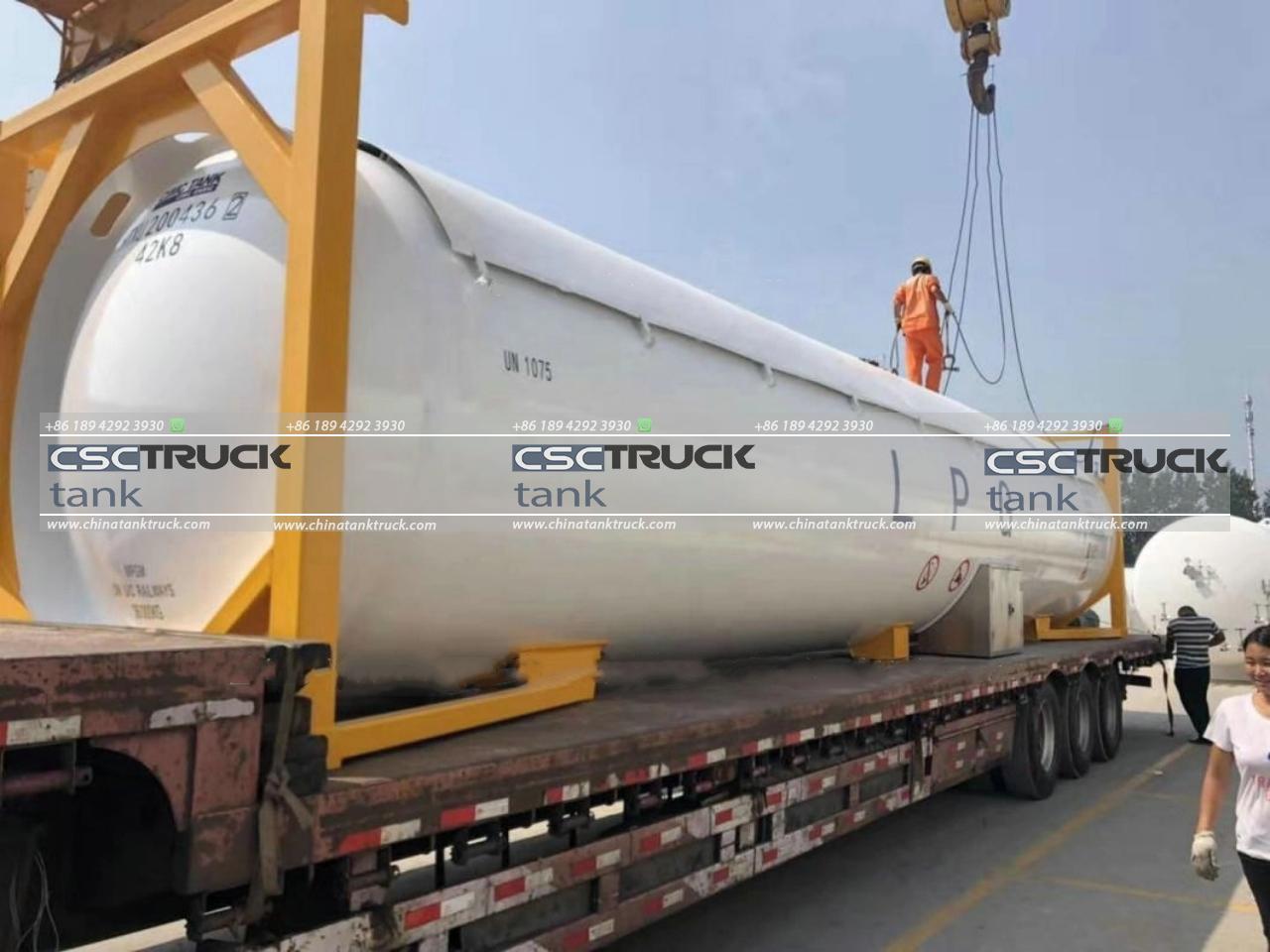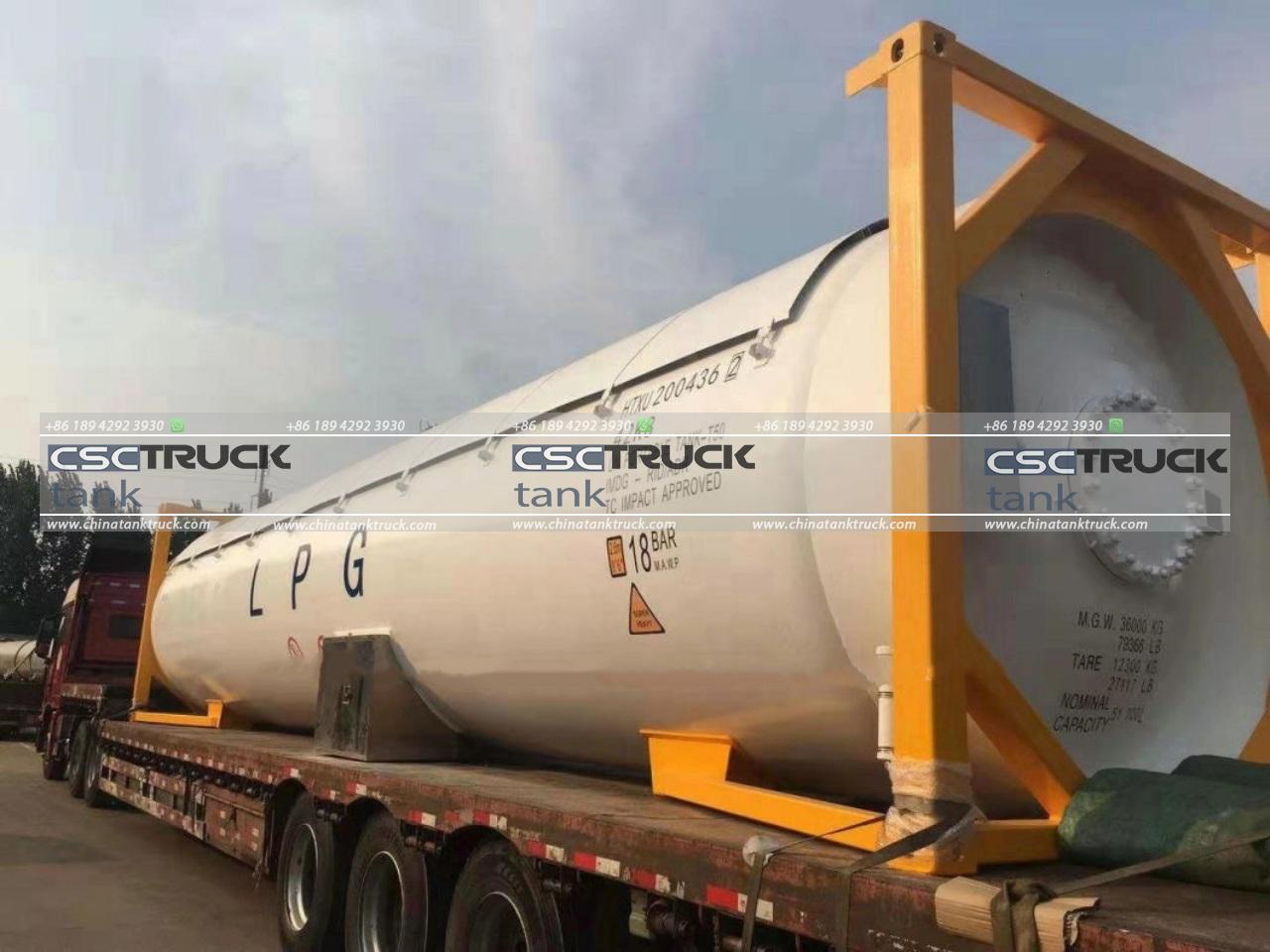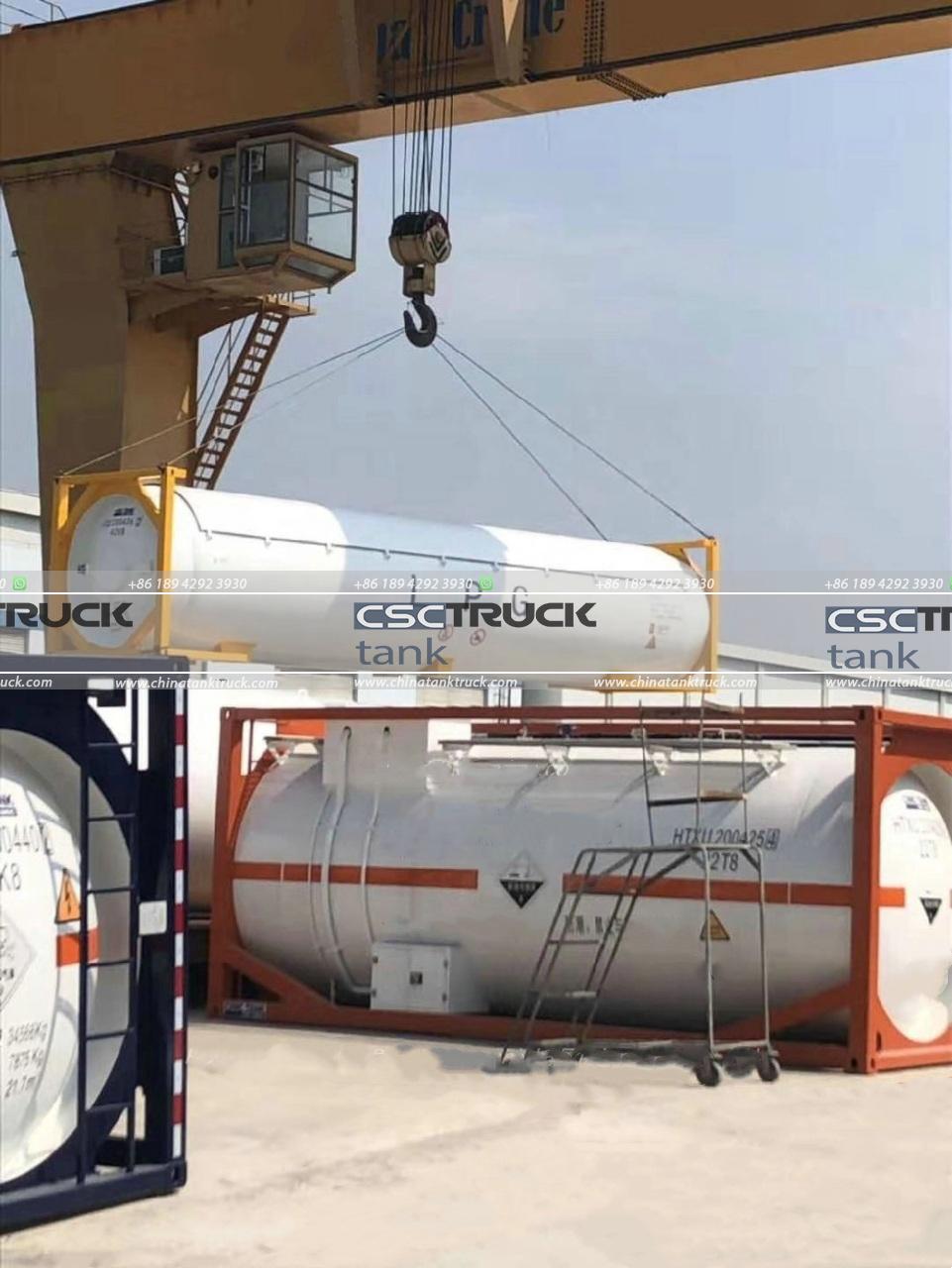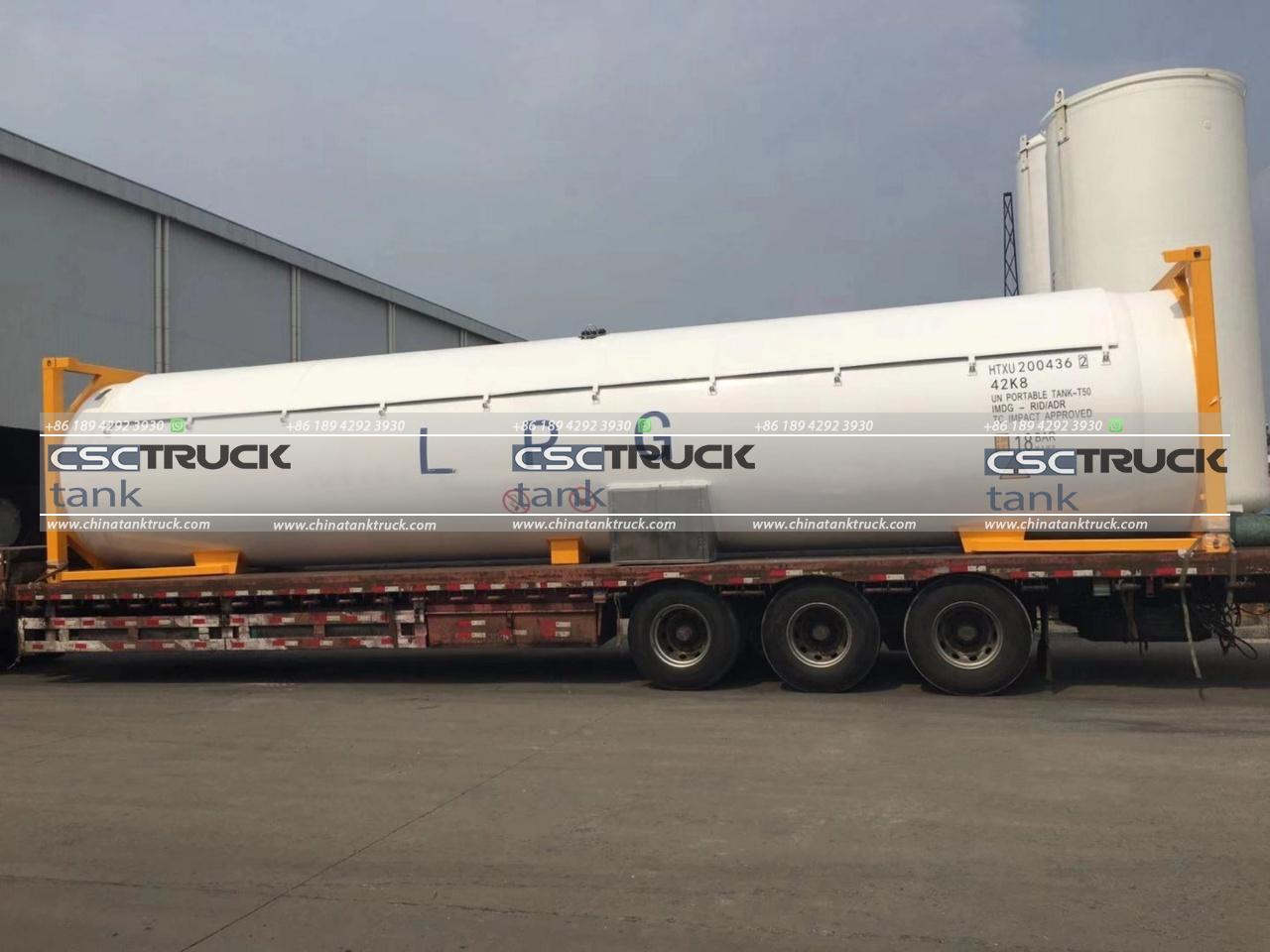What is the Difference Between LPG and LNG?
In today’s energy landscape, liquefied gases such as LPG (Liquefied Petroleum Gas) and LNG (Liquefied Natural Gas) play crucial roles. Both are used in various applications from heating and cooking to fueling vehicles and generating electricity. Despite their similarities, LPG and LNG have distinct properties, uses, and handling requirements. Understanding these differences can help you make more informed decisions about energy use and safety.
1. Definition and Composition
LPG (Liquefied Petroleum Gas):
LPG is a mixture of hydrocarbon gases, primarily propane (C₃H₈) and butane (C₄H₁₀). It’s derived from crude oil refining and natural gas processing. LPG is stored in liquid form under moderate pressure at room temperature, which makes it compact and easy to transport. Its composition can vary depending on the source, but it generally consists of about 60% propane and 40% butane.
LNG (Liquefied Natural Gas):
LNG is primarily methane (CH₄), the simplest hydrocarbon. It is produced by cooling natural gas to -162°C (-260°F) at which point it condenses into a liquid. This process reduces its volume by about 600 times compared to its gaseous state, making it more efficient to transport over long distances. Unlike LPG, LNG does not contain significant amounts of propane or butane.

2. Physical Properties
LPG:
– Storage: LPG is stored in pressurized cylinders or tanks. At room temperature, it remains in liquid form under pressure.
– Temperature: It remains liquid at temperatures up to around 40°C (104°F) when stored under pressure.
– Density: The density of LPG in liquid form is about 0.493-0.573 kg/L, which is significantly higher than that of LNG.
LNG:
– Storage: LNG is stored in cryogenic tanks at extremely low temperatures. The infrastructure required for LNG is more specialized due to its need for insulation to maintain its low temperature.
– Temperature: It remains liquid at temperatures below -162°C (-260°F).
– Density: LNG has a density of about 0.422 kg/L in its liquid state, which is slightly less than LPG.
3. Energy Content
LPG:
– Energy Density: LPG has a higher energy density than LNG by volume, due to its liquid state at higher temperatures and pressures. It provides approximately 25-30 MJ/L (megajoules per liter).
– Usage: It is widely used for domestic heating, cooking, and as an automotive fuel in some countries.
LNG:
– Energy Density: LNG has a lower energy density by volume than LPG, about 22-26 MJ/L, but this is compensated by its high energy density per unit mass.
– Usage: LNG is primarily used for electricity generation, large-scale heating, and as a transportation fuel for ships and, increasingly, for trucks.

4. Safety and Handling
LPG:
– Handling: LPG is flammable and can form explosive mixtures with air. It is heavier than air, so if released, it can pool in low-lying areas and create hazardous conditions.
– Storage: Proper ventilation is crucial to prevent the buildup of gas in case of leaks. Storage tanks need to be pressure-rated and inspected regularly.
LNG:
– Handling: LNG is less flammable in its liquid state but becomes highly flammable once it evaporates and mixes with air. Its vapors are lighter than air and can disperse quickly, reducing the risk of pooling.
– Storage: LNG storage requires specialized cryogenic tanks and facilities to maintain the low temperatures necessary to keep the gas in liquid form. Safety measures focus on preventing leaks and managing the risk of sudden evaporation.
5. Environmental Impact
LPG:
– Emissions: LPG burns cleaner than many other fossil fuels, producing lower levels of carbon dioxide and particulates. However, it still contributes to greenhouse gas emissions.
– Efficiency: LPG is considered to be a more efficient energy source compared to coal and oil in terms of emissions per energy unit.
LNG:
– Emissions: LNG is often viewed as a cleaner alternative to coal and oil due to its lower carbon dioxide emissions per unit of energy produced. However, methane leakage during extraction, transport, and storage can offset some of these benefits, as methane is a potent greenhouse gas.
– Efficiency: LNG can be more efficient than coal and oil, especially when used in modern, efficient power plants or as a substitute for other high-emission fuels.

6. Applications and Infrastructure
LPG:
– Applications: LPG is commonly used in residential heating and cooking, as well as in certain industrial processes and vehicles. It is a versatile fuel that can be used in areas lacking a natural gas supply.
– Infrastructure: LPG infrastructure includes storage tanks, cylinders, and distribution networks. It is widely available and used in many countries around the world.
LNG:
– Applications: LNG is predominantly used in power generation, large-scale industrial applications, and as a fuel for ships and heavy-duty trucks. Its use is growing in the transportation sector as a cleaner alternative to diesel.
– Infrastructure: LNG requires more complex infrastructure, including liquefaction plants, cryogenic storage tanks, and specialized LNG carriers. The development of LNG infrastructure is typically capital-intensive and requires significant investment.
7. Cost and Market Dynamics
LPG:
– Cost: The cost of LPG can be influenced by oil prices, as it is a byproduct of crude oil refining. Prices can vary significantly based on regional market conditions and supply chains.
– Market: LPG is often more affordable in areas with established distribution networks and high local demand. It is widely available and has a stable market presence.
LNG:
– Cost: LNG prices can be influenced by global natural gas prices and the costs associated with liquefaction, transportation, and regasification. LNG markets can be volatile, with prices fluctuating based on global supply and demand.
– Market: The LNG market is more globalized, with long-term contracts and spot market trading. Its growth is driven by increasing demand for cleaner energy and advancements in LNG technology and infrastructure.

Conclusion
While LPG and LNG are both important sources of energy, they differ significantly in composition, storage requirements, energy content, safety considerations, environmental impact, applications, and market dynamics. LPG’s versatility and ease of storage make it suitable for residential and small-scale industrial use, while LNG’s efficiency and lower emissions profile position it as a key player in large-scale energy production and transportation. Understanding these differences can help consumers and businesses make informed decisions about which energy source best meets their needs.

